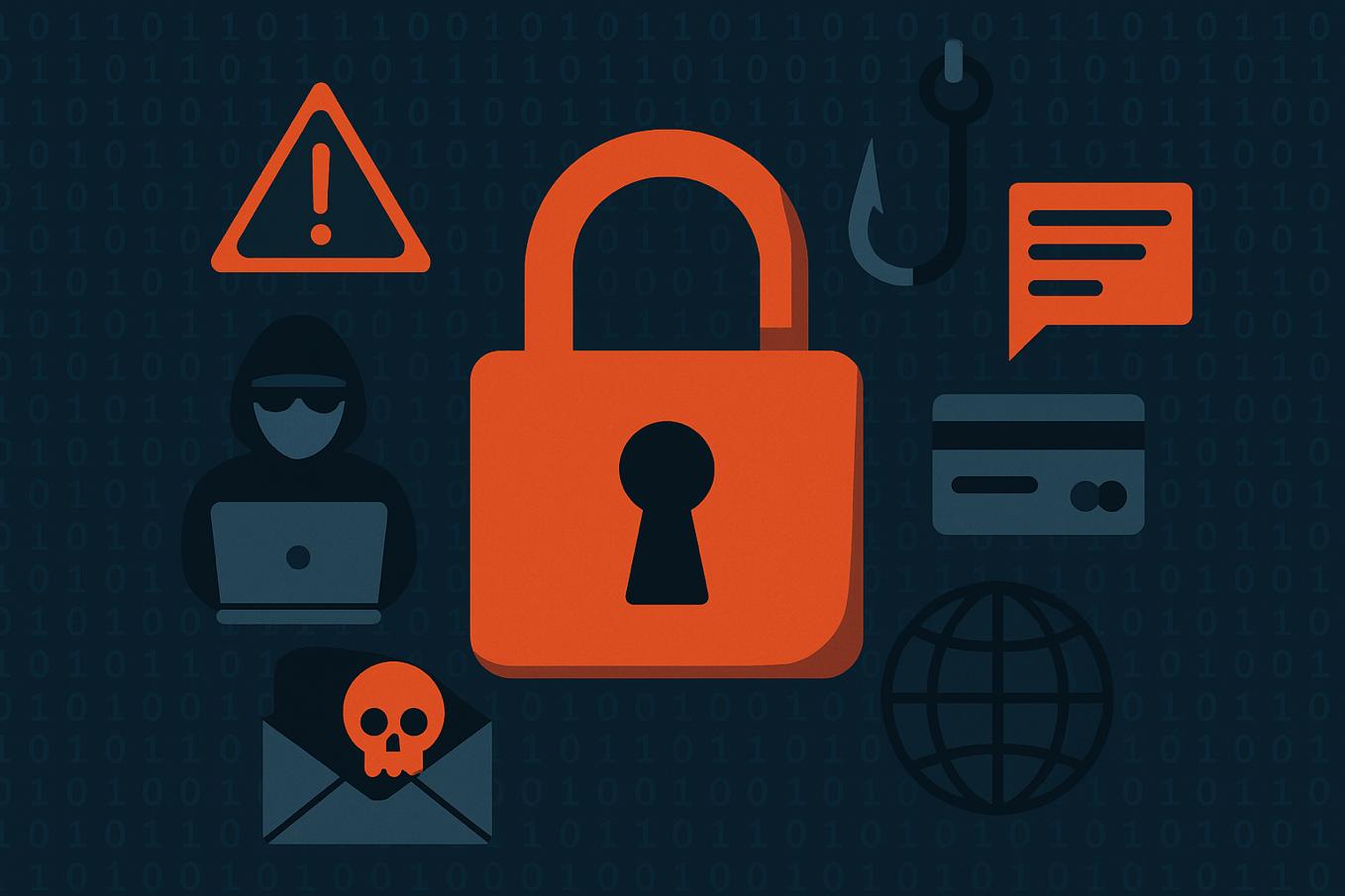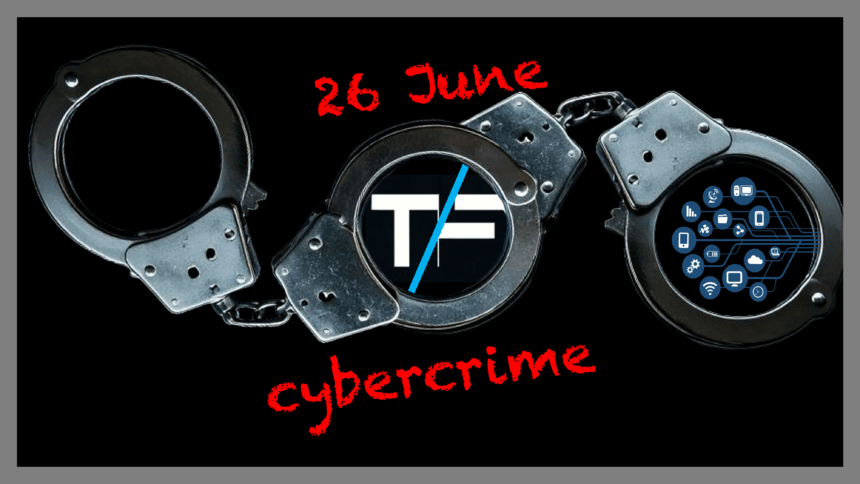Cybercrime continues to pose serious challenges globally, with major incidents revealing growing threats to healthcare, infrastructure, and data security. Recent events include ransomware attacks disrupting UK hospitals, breakthroughs in quantum communication for secure data transmission, and aggressive cyber law enforcement in the U.S. These stories demonstrate the evolving nature of cyber threats and the importance of innovation in defense strategies.
What’s Happening & Why This Matters
Ransomware Attack Disrupts UK Hospital, Leading to Patient Death
A ransomware attack in June 2024 targeted Synnovis, a key blood testing provider for UK hospitals, resulting in over 1,000 appointment cancellations and delayed procedures. King’s College Hospital NHS Foundation Trust confirms that a patient died unexpectedly during the attack due to delayed blood test results. The attack was carried out by the Russian-speaking Qilin gang, which demanded $50 million to decrypt the systems. When the ransom was not paid, Qilin leaked nearly 400 GB of sensitive data, potentially exposing information about almost 1 million people. This incident depicts the human cost of cyber extortion. Similar attacks have previously caused service shutdowns and loss of life, emphasizing the urgent need for improved cybersecurity in healthcare.
Germany Achieves Breakthrough in Quantum Communication
Scientists in Germany have set a new record by transmitting quantum signals over a 254-kilometre commercial fibre-optic network, nearly doubling the previous distance. The research team from Toshiba Europe uses existing telecom infrastructure between Frankfurt and Kehl to demonstrate “coherent quantum communication.” This technique utilizes single photons to enable ultra-secure data transfer, overcoming previous technical barriers that previously limited quantum networks to laboratory settings. Robert Woodward, the lead of Fibre-Quantum Communications at Toshiba Europe, explains that quantum computers could soon render current encryption methods obsolete. The new network secures communication against such threats, promising a future-proof digital economy. The experiment is a step closer to practical, large-scale quantum internet deployment.

U.S. Law Enforcement Disrupts International Cybercrime

The U.S. Department of Justice announces major progress in disrupting cybercrime activities linked to Iran and Russia. Operation “Spiderweb” results in multiple arrests and the shutdown of hacking operations. Officials detail the identification of individuals involved in cyberattacks targeting critical infrastructure and financial systems worldwide. These actions demonstrate increased international collaboration to counter sophisticated cyber threats. Such enforcement efforts play a vital role in protecting economic stability and national security from state-sponsored and criminal hacking.
EU Industry Demands ENISA Independence
Telecom operators, unions, and tech companies urge the European Union to protect ENISA’s independence amid plans to expand its role. As the EU revisits the 2019 Cybersecurity Act, these groups warn against politicizing certification schemes. They want certification to focus purely on technical security without bias related to vendor nationality or ownership.

The cloud certification known as EUCS faces resistance, particularly from France, which prefers maintaining its own SecNum Cloud standard. Industry leaders, including Amazon and Lenovo, argue that combining political objectives with technical criteria could hinder innovation and cybersecurity progress.
European lawmakers push for technological sovereignty, seeking to shield strategic infrastructure and reduce reliance on non-European suppliers. The European Commission plans to bolster these aims through new regulations, including the Cloud and AI Development Acts.
ENISA’s growing responsibilities demand more funding and staff. EU Commissioner Henna Virkkunen promises a Digital Fitness Check by the end of 2025 to simplify regulations, such as the Cybersecurity Act.
TF Summary: What’s Next
Cybercrime remains a growing threat with real-world consequences, from drug marketplaces to critical healthcare disruptions. Governments and industries are taking coordinated action to strengthen enforcement and regulatory frameworks. The EU’s push to protect ENISA’s independence and invest in emerging technologies, such as quantum networks, reflects a focus on sustainable cybersecurity resilience.
TF predicts greater emphasis on cross-border cooperation, regulatory clarity, and technological sovereignty to safeguard digital infrastructure. Users must remain vigilant to evolving risks and maintain robust security hygiene.
— Text-to-Speech (TTS) provided by gspeech


